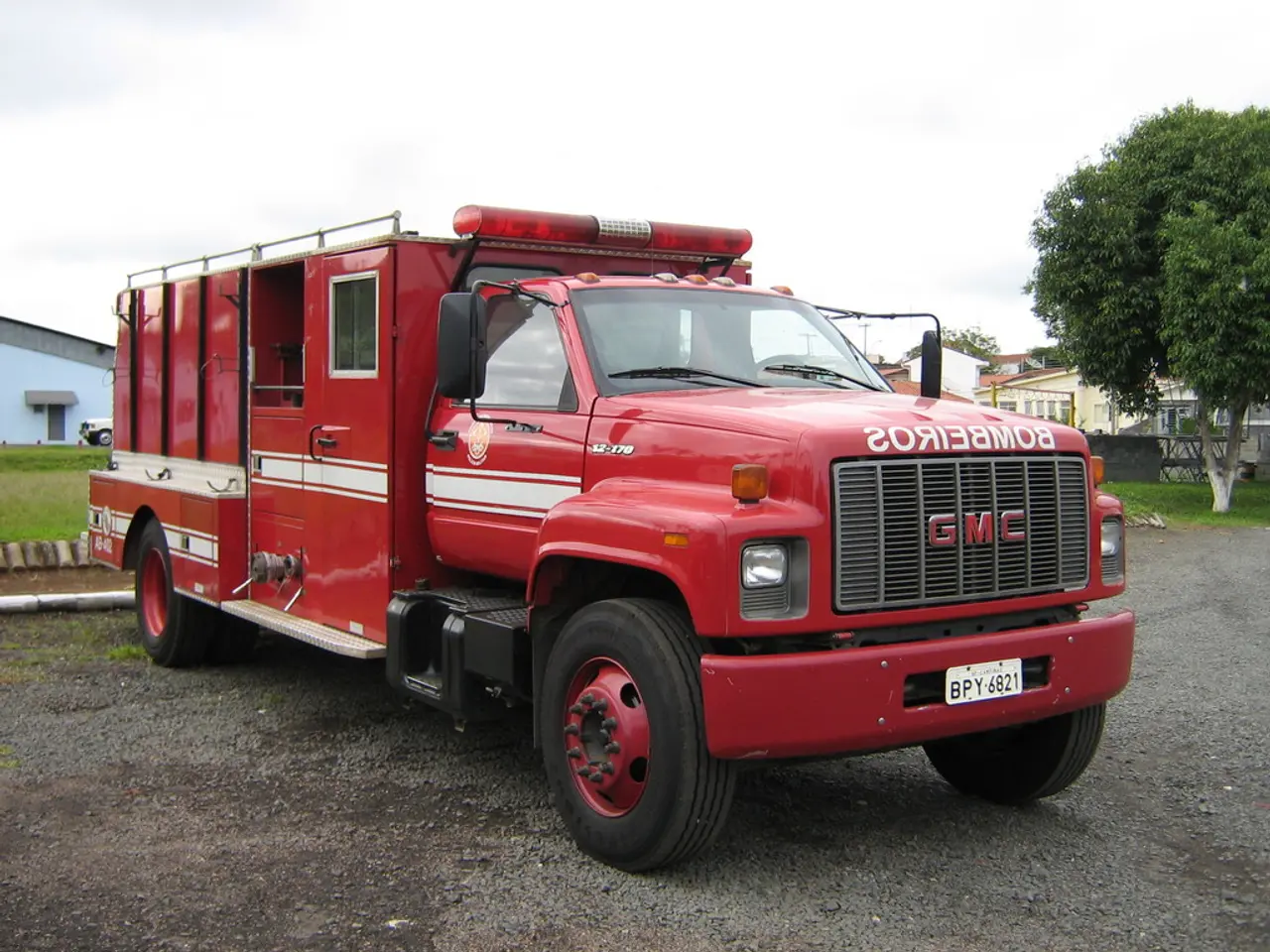Guidance Center: Prior to Purchasing a Telescope
In the world of astronomy, selecting the perfect telescope can be a daunting task. This article aims to simplify the process by comparing six popular types of telescopes: Refractor, Reflector, Newtonian Reflector, Dobsonian, Schmidt-Cassegrain, and Maksutov-Cassegrain.
Key Differences and Pros & Cons
| Telescope Type | Key Characteristics | Pros | Cons | |---------------------------|-----------------------------------------------------------------------------------------------------------|------------------------------------------------------------------------------------------|----------------------------------------------------------------------------------------| | Refractor | Uses lenses to bend light to a focal point; classic "tube with lens" design. | Sharp, high-contrast images; low maintenance; sealed tube prevents dust and alignment. | Generally more expensive per inch of aperture; chromatic aberration in cheaper models. | | Reflector | Uses mirrors to reflect light to a focal point; e.g., Newtonian design. | More aperture for your money; no chromatic aberration. | Requires more maintenance (collimation); open tube can accumulate dust. | | Newtonian Reflector | A subtype of reflector with a parabolic primary mirror and flat secondary. Classical design. | Large aperture at low cost; good for deep-sky; simple optics. | Needs collimation; open tube; shorter focal length can cause image distortion at edges.| | Dobsonian | A Newtonian reflector on a simple, alt-azimuth mount; very popular for amateur astronomy. | Very affordable large aperture; easy setup; very stable mount. | Not ideal for astrophotography; large and less portable. | | Schmidt-Cassegrain (SCT) | A catadioptric design combining lenses and mirrors; compact with folded optics. | Compact size for aperture; versatile for planets and deep-sky; sealed tube reduces dust. | Often heavier; can be more expensive; diffraction spikes from secondary mirror support.| | Maksutov-Cassegrain (Mak-Cass) | Similar to SCT but uses a meniscus corrector lens; long focal length and compact. | Very sharp images with high contrast and minimal coma; excellent for planetary views. | Longer focal length limits wide-field viewing; usually more expensive per inch aperture.|
Understanding the Pros and Cons by Design
| Design | Pros | Cons | |----------------------|--------------------------------------------------|---------------------------------------------------| | Refractor | Low maintenance, excellent image contrast | Expensive, possible chromatic aberration | | Reflector | Cost-effective for large apertures, no chromatic aberration | Requires collimation, open tube accumulates dust | | Newtonian Reflector | Good image quality, low cost | Maintenance needs, open tube | | Dobsonian | Large aperture, stable, low cost | Not suited for astrophotography, bulky | | Schmidt-Cassegrain | Compact, versatile, sealed tube | Heavy, more expensive, diffraction effects | | Maksutov-Cassegrain | Sharp images, rugged, minimal maintenance | Narrower field, usually more costly |
These characteristics help observers choose the best telescope type based on their observational goals (planets vs. deep sky), budget, portability, and maintenance preferences.
Astrophotography and Beyond
Astrophotography requires specific equipment and techniques beyond just a telescope. Regular maintenance of a telescope and its accessories is necessary to ensure their longevity. Proper storage of a telescope can help protect it from damage and extend its lifespan.
It is often the case that telescopes overpromise on their astrophotography capabilities. Astrophotography with a Dobsonian telescope may require additional equipment such as a tracking mount or a motor drive. Understanding the lifespan of a telescope is important for maintenance and storage.
This article provides in-depth resources on telescopes, astrophotography, observational techniques, and accessories for astronomy enthusiasts at all levels. The specific techniques and equipment required for astrophotography may make it more challenging compared to visual astronomy.
Additional Resources
- The article discusses the relevance of Barlow Lens.
- The article compares telescopes and binoculars.
- The article suggests that brands do not matter in astronomy gear.
- The article describes the differences between Alt-Az and EQ mount types.
- The article differentiates between Achromatic and Apochromatic Refractors.
[1] Astronomy Magazine: Choosing a Telescope [2] Sky & Telescope: Choosing a Telescope [4] Astro.com: Choosing a Telescope
- For those pursuing astrophotography, it's essential to note that aside from the telescope, specific equipment and techniques are required, necessitating frequent maintenance of the telescope and its accessories.
- When opting for a Dobsonian telescope for astrophotography, additional items like a tracking mount or motor drive might be necessary due to its design limitations.
- Understanding the lifespan of a telescope is crucial for effective maintenance and proper storage, ensuring the longevity of the equipment.
- Proper storage of a telescope can help prevent damage and extend its life, making it an essential aspect to consider for astronomy enthusiasts.
- Barlow Lens and its relevance, the differences between Alt-Az and EQ mount types, and the comparison between telescopes and binoculars are topics discussed in this article for comprehensive understanding.
- Contrary to popular belief, the brand of astronomy gear may not significantly impact performance, as various affordable options offer excellent quality for beginners and advanced astronomers alike.




